The four-valve head and USD fork claim to unlock the Xtreme 160R’s potential. We sample the Pro variant in Jaipur.
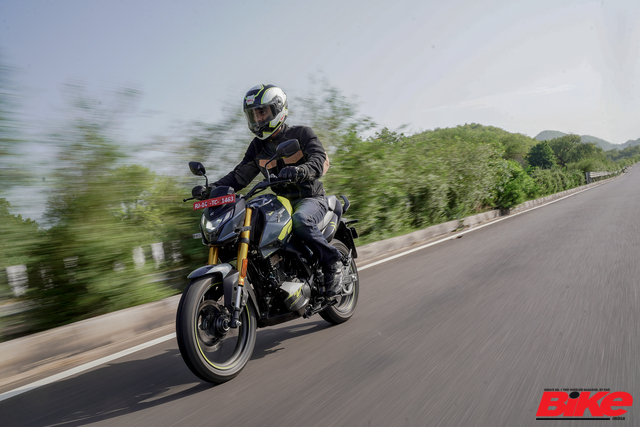
Story: Joshua Varghese
Photography: Sanjay Raikar
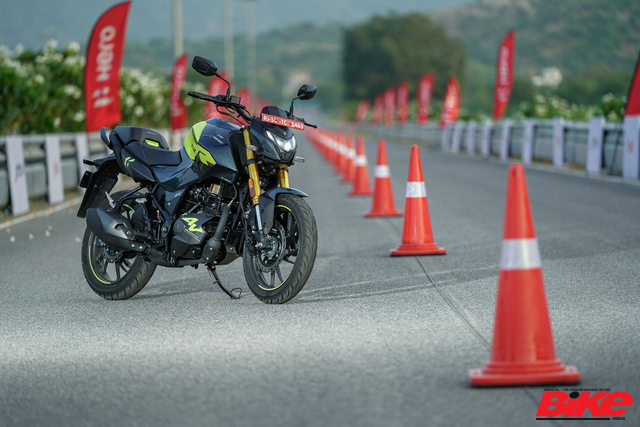
Following the success of the Xpulse 200 4V, Hero have brought that technology to the Xtreme 160R as well and have given it a proper four-valve unit, like they should have to begin with. We rode the new motorcycle on the smooth tarmac of Hero’s test track and also set off on a ride to a fort nearby to experience the prowess of its latest updates in real-world conditions because there is more to this motorcycle than just the addition of the four-valve head.
Three variants are on offer; Standard, Connected and Pro. The motorcycle you see on these pages is the Pro model. On the styling front, Hero have made subtle changes to the bodywork of the Xtreme, making it sharper and more aggressive than its predecessor. There is also a new addition in the form of a small shroud along the lower half of the engine on both sides which displays a bold ‘4V’ sticker. Of course, that is probably not what enthusiasts noticed first. Finished in golden paint, the 37-mm KYB USD fork steals the show and supplements the motorcycle’s new aesthetics but it is limited to the Pro model only. For the first time in the Xtreme 160R range, it also gets the option of a sporty split seat. Clearly not a favourite among most of the interested parties on social media but one can choose to opt for the regular unibody seat instead.
A fully-digital instrument console handles the relay of information from motorcycle to the rider. The unit is rather small but its display is crisp and clutter-free. Furthermore, Hero are also offering a suite of smartphone connectivity options and adjustability for brightness. My experience with the old Xtreme 160R was extensive. I toured Odisha on it and its comfortable seating position made life easier for me. Along with the addition of the split seat, Hero claim to have tweaked the riding position as well to make it sportier than before. The difference, if any, is subtle and does not eat into the comfort levels. Even after a few hours worth of riding there no pains or numbness to complain about. Having also enjoyed a small stint as a pillion rider, I can say that it is fairly decent for short rides. Now we move on to the star of the show, the new engine.
Hero claim that the displacement has gone up by 0.2 cc, so here we have a 163.2-cc, air-cooled, four-valve, single-cylinder engine that also gets an oil-cooler. There is a noticeable gain in the power and torque figures too. From 15.2 hp it has increased to 16.9 hp while torque went up from 14 Nm to 14.6 Nm. However, peak power and torque continue to arrive at the same 8,500 rpm and 6,500 rpm respectively. Refinement levels have significantly improved from the two-valve unit. In comparison, this engine is less noisy, smoother and develops power without straining itself too much. It boasts of a healthy low- and mid-range that is broader and stronger, and the new engine revs through it effortlessly as compared to the two-valve unit. All welcome traits for a motorcycle that is going to spend a lot of time in town. Hero claim that the new 4V is the quickest motorcycle among competition that are also powered by air-cooled, four-valve engines with oil-coolers.

‘X-Drags’ are drag races that Hero organize for customers at their experience events and they set one up for us too. Off the line, the lightweight Xtreme was easy to launch and just as quick to gather pace, taking 18.4 seconds to carry my 65-kg form from start to finish. Quite quick for a 160-cc motorcycle but it remains to be seen if it is indeed the fastest of the lot. During the run, the Xtreme built up speed almost effortlessly, revving freely through each gear. That sporty character transformed into a compliant attitude in town where the motorcycle was able to cruise around comfortably at less than 45 km/h in fifth gear without any vibrations at all. If the aim was to build a sporty naked that worked well in town, then Hero have nailed it.
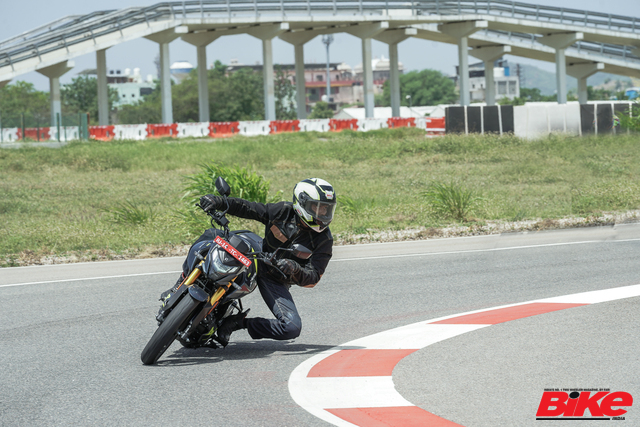
The USD fork looks great but adds to the unsprung weight of the motorcycle while lending it stability as well. The trade-off seems to have worked in the Xtreme’s favour because handling is one of the things I enjoyed about the previous motorcycle and this one seems to have improved in that regard. After a couple of laps on Hero’s tight and twisty handling track, the motorcycle began scraping pegs on either side without feeling unstable in any regard. What is even better is that the damping lived up to expectations even on the broken roads leading up to the fort. Braking equipment remains the same with discs at either end but hard braking can now be executed more confidently thanks to the stability provided by the USD fork. Fairly good feedback from the CEAT tyres too; the rear is a radial, by the way.
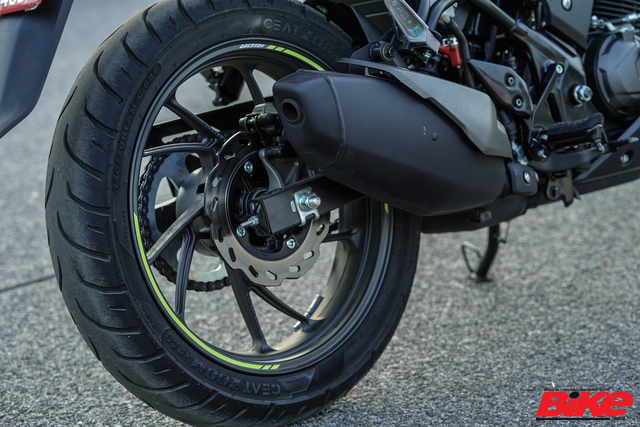
Despite the ‘Pro’ moniker, it is rather surprising to see that Hero have not used this chance to supply dual-channel ABS. Pricing for the four-valve Xtreme motorcycles starts at Rs 1.27 lakh and goes up to Rs 1.37 lakh for the Pro variant; all prices are ex-showroom. At that price, it is not the most affordable option in its segment. For that matter, it is not the most powerful either but at 145 kg, it is the lightest of the lot and, therefore, there appears to be enough for its ‘fastest 160-cc’ claim to be true.
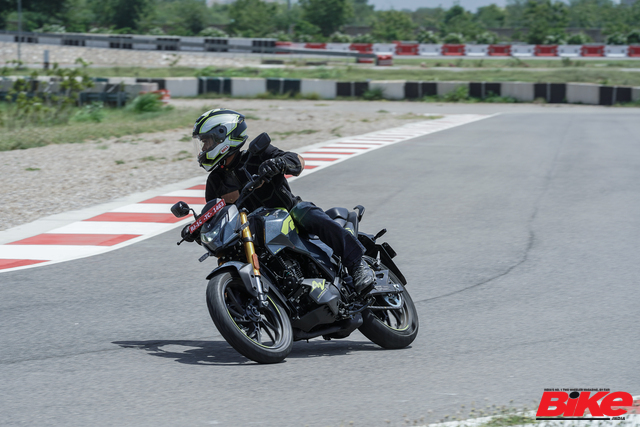
Also Read: Bajaj Pulsar NS 160 and NS 200 Update Review

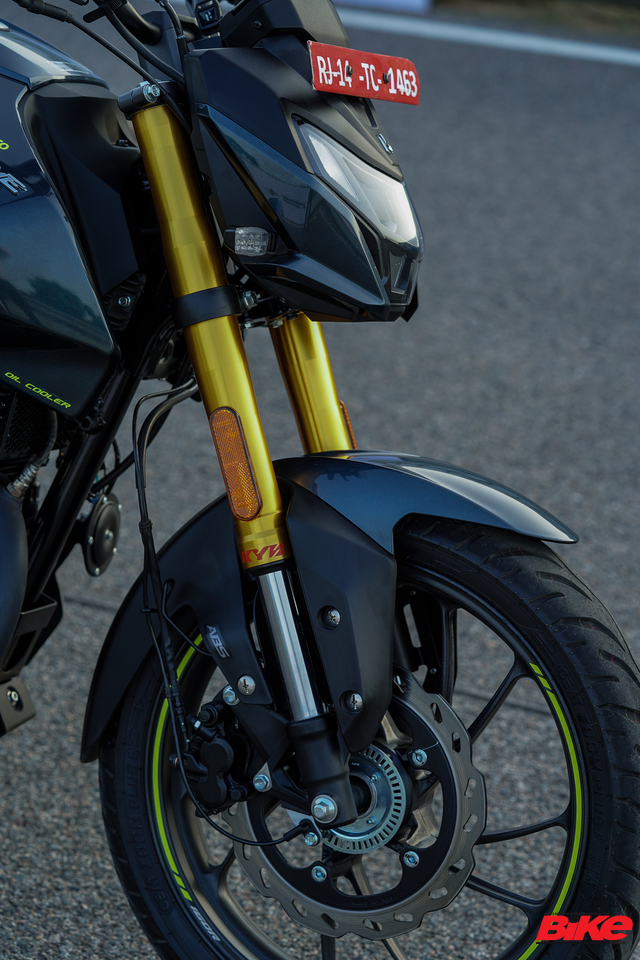
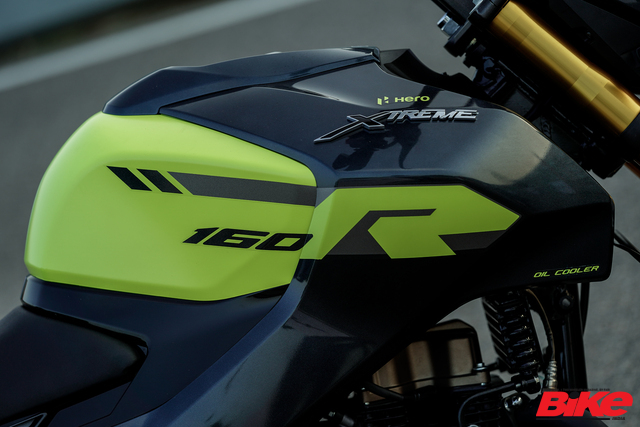
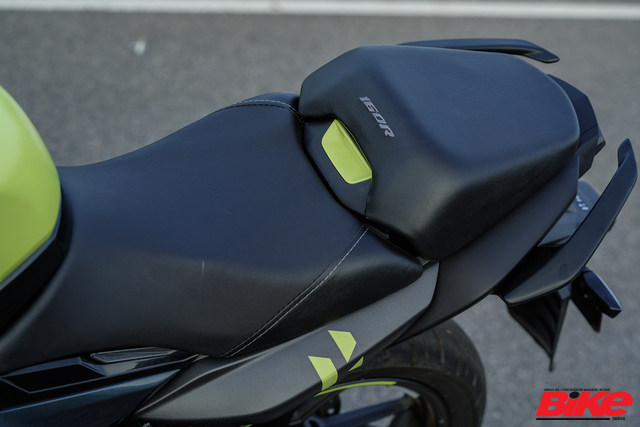
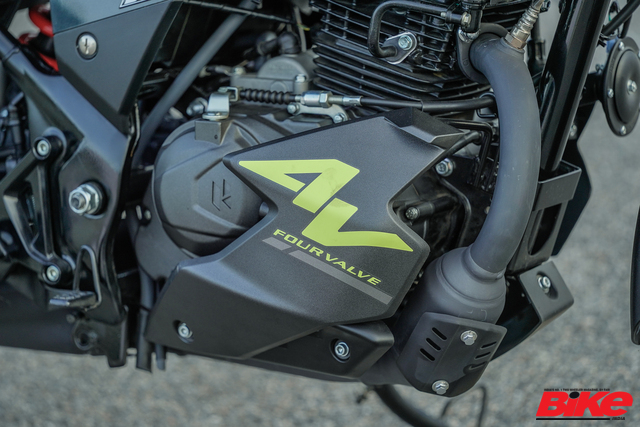

Leave a Reply